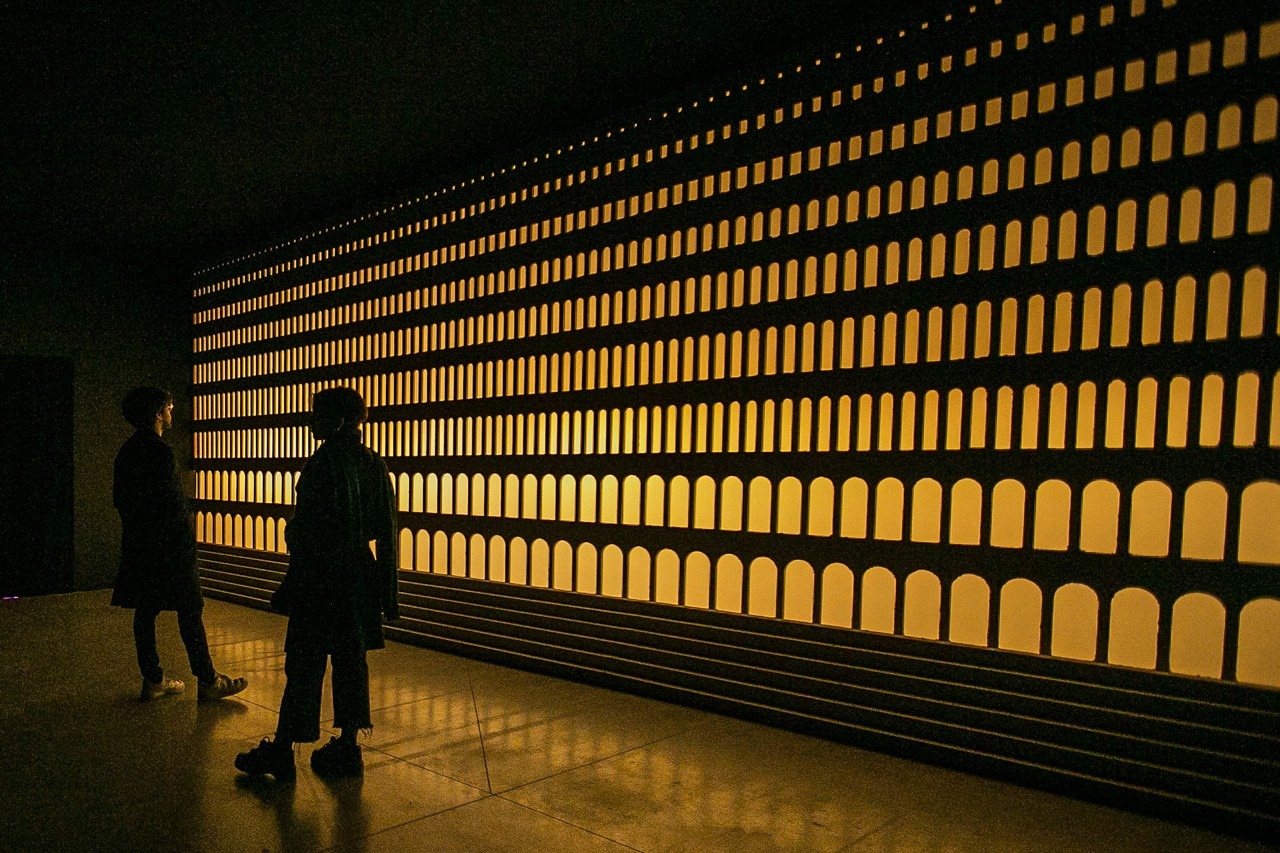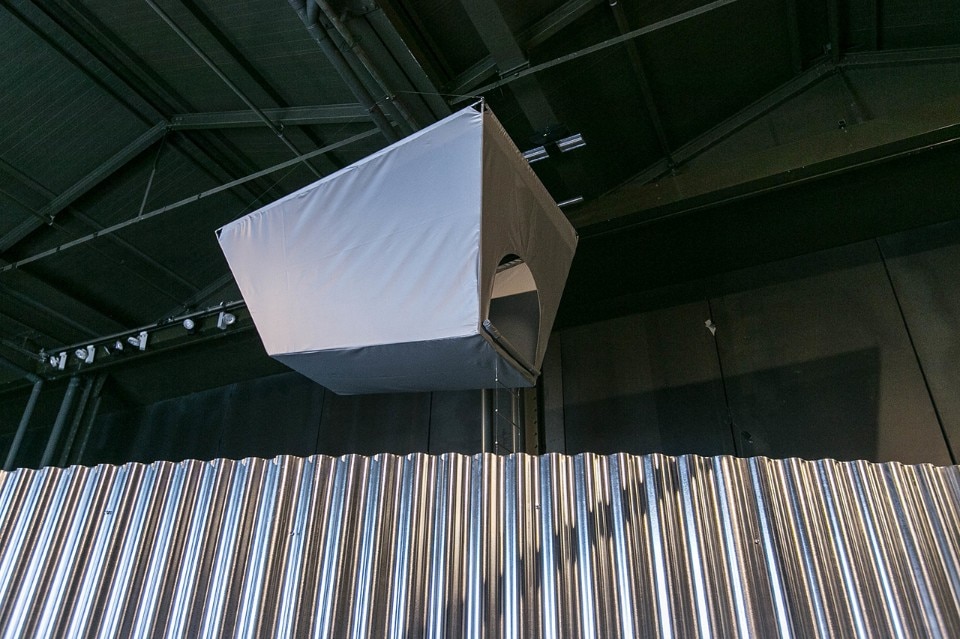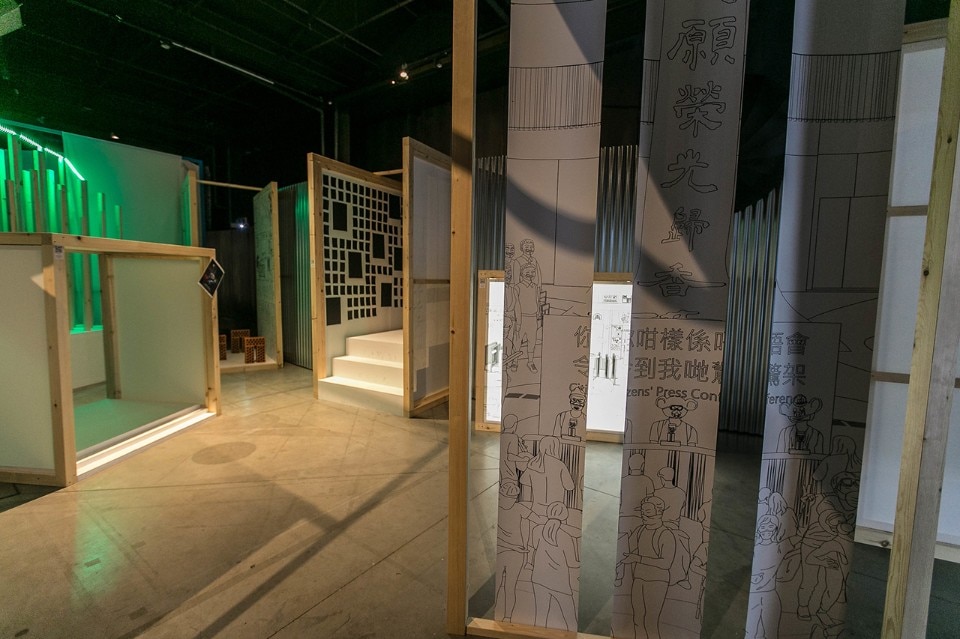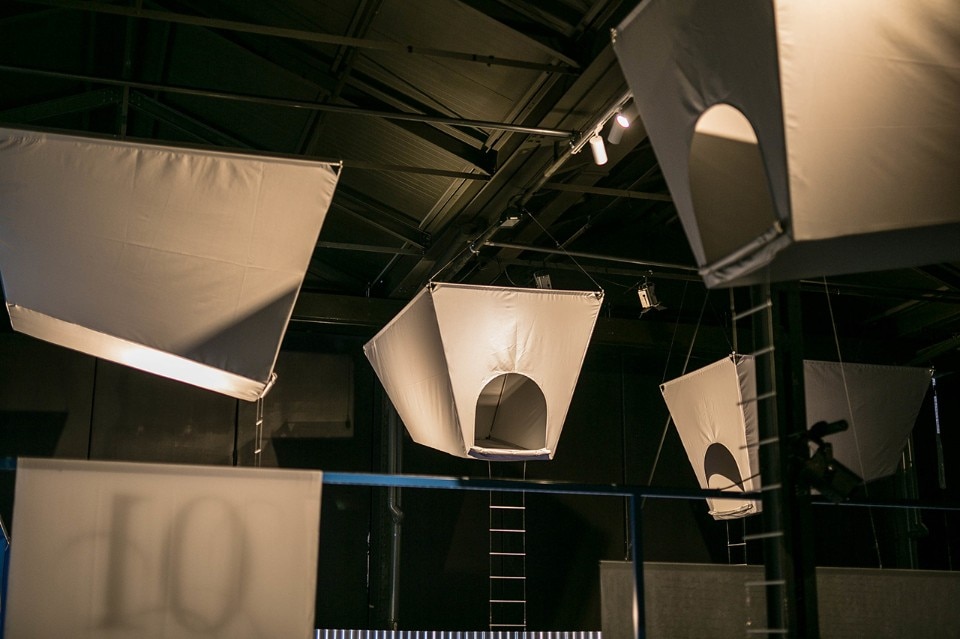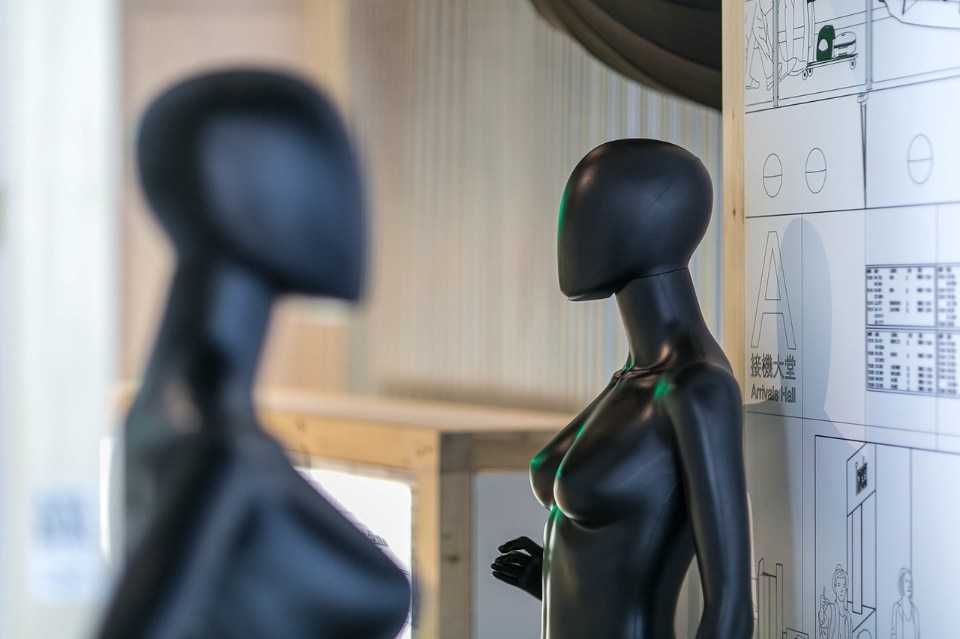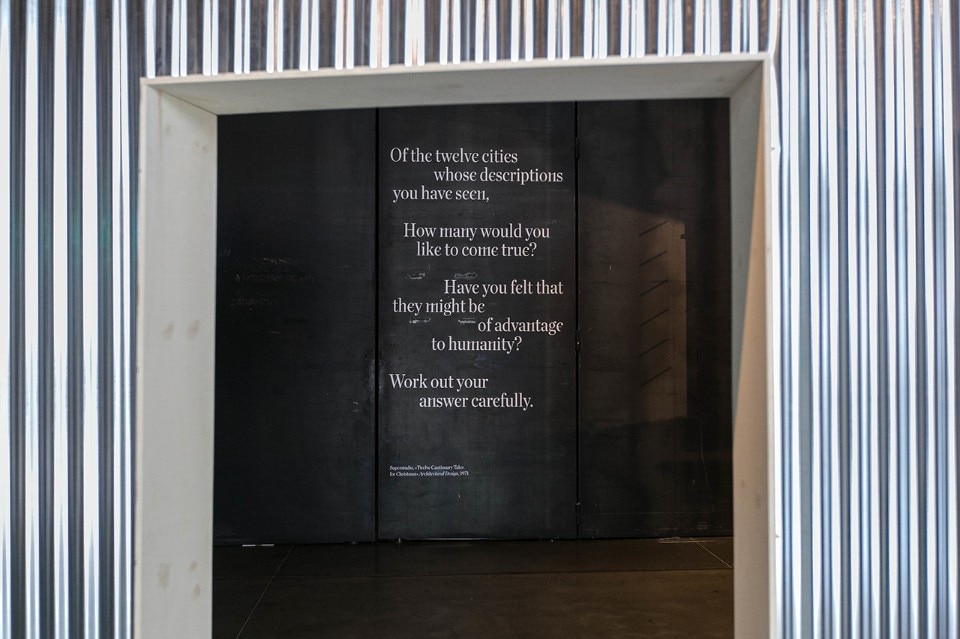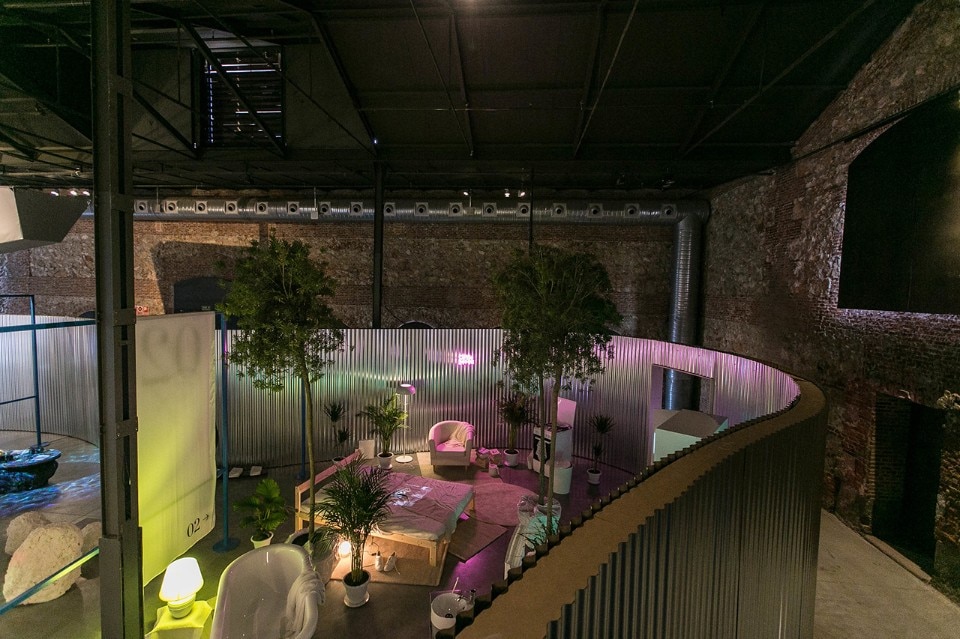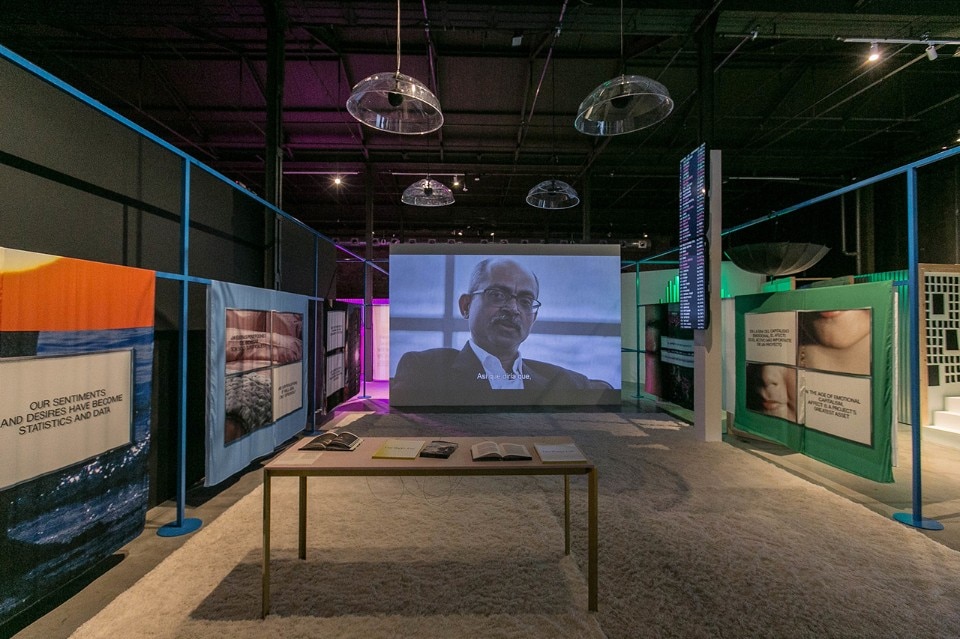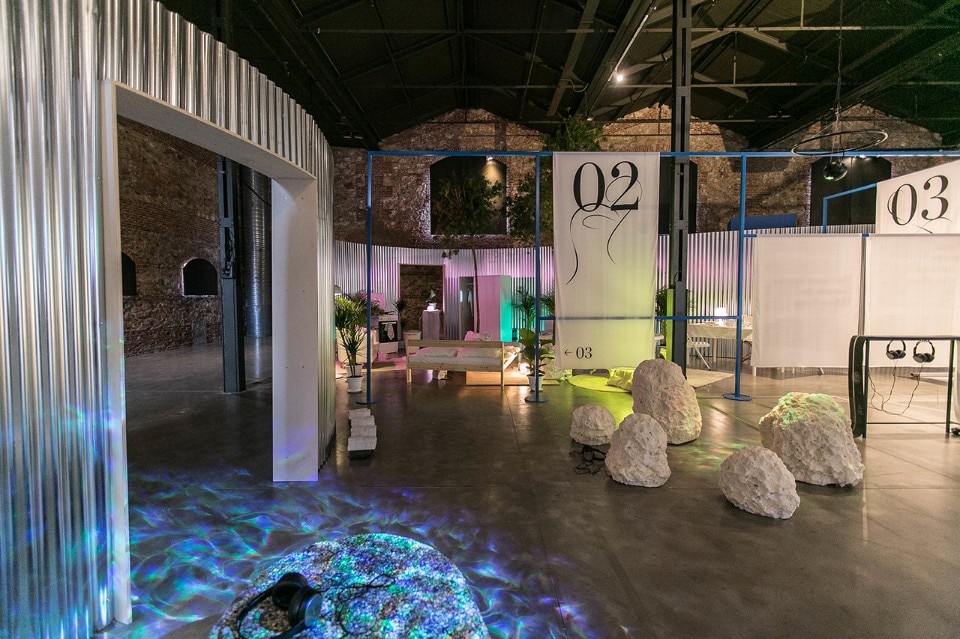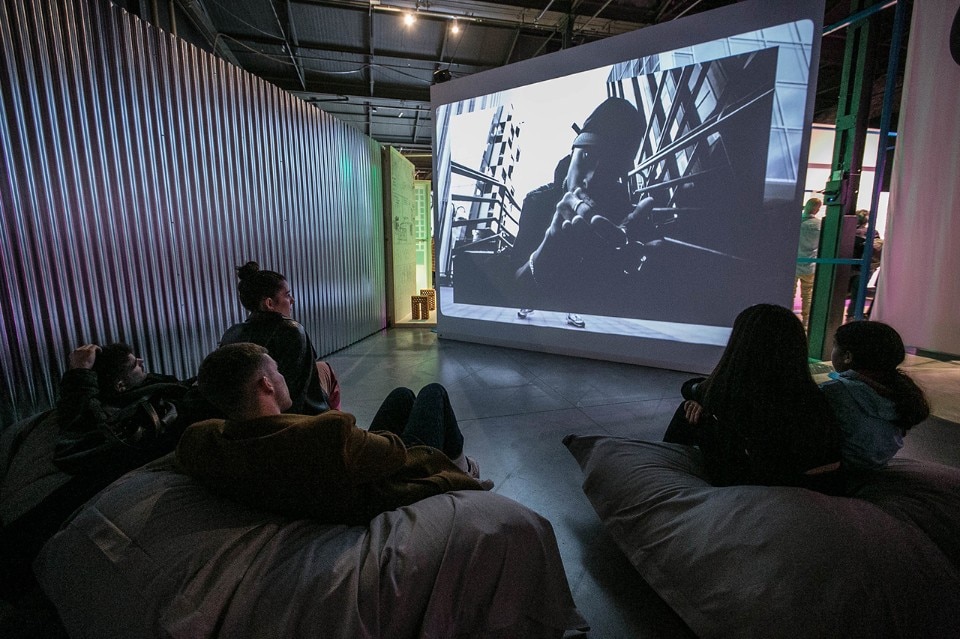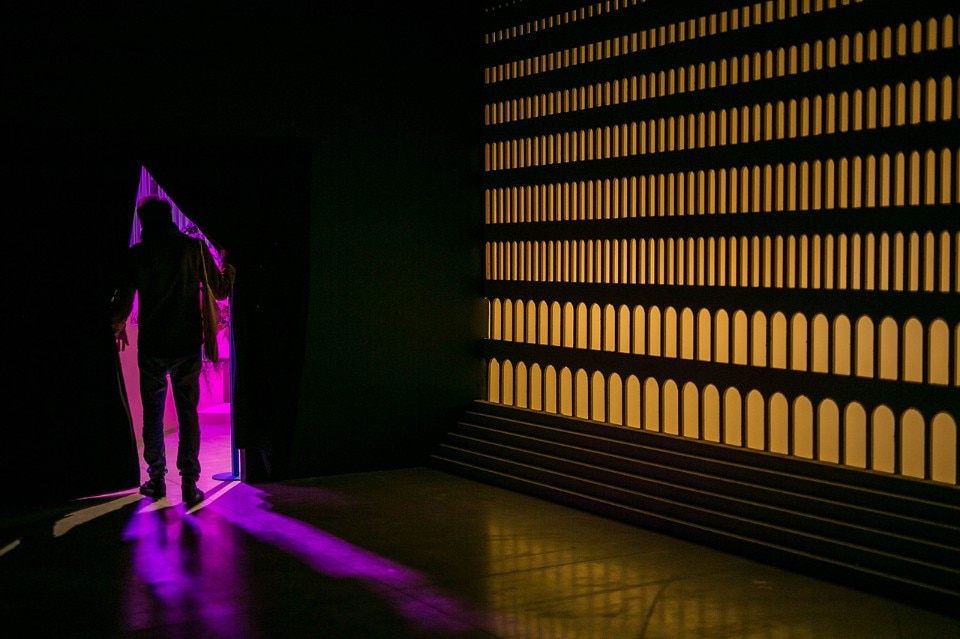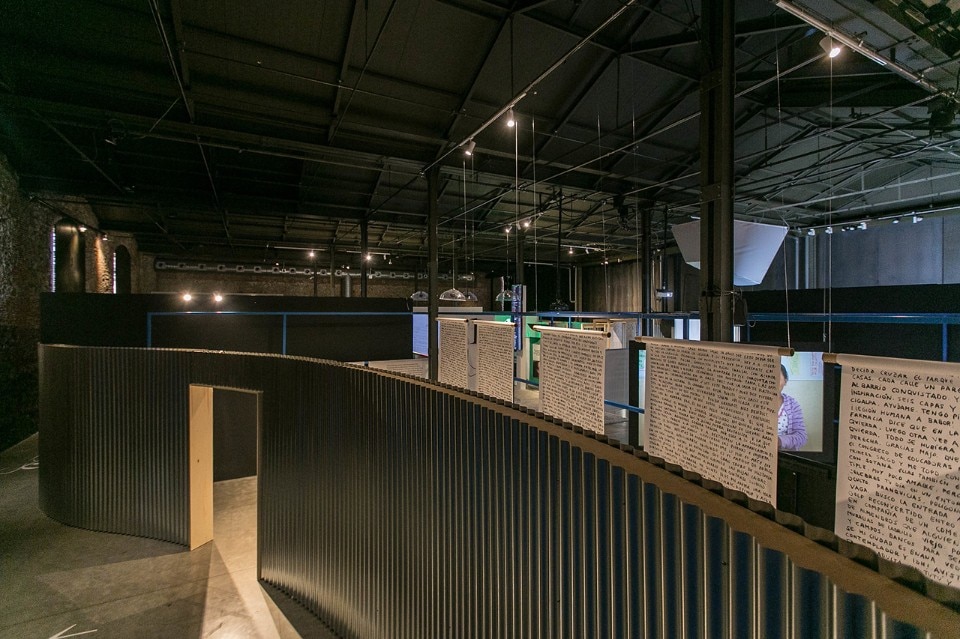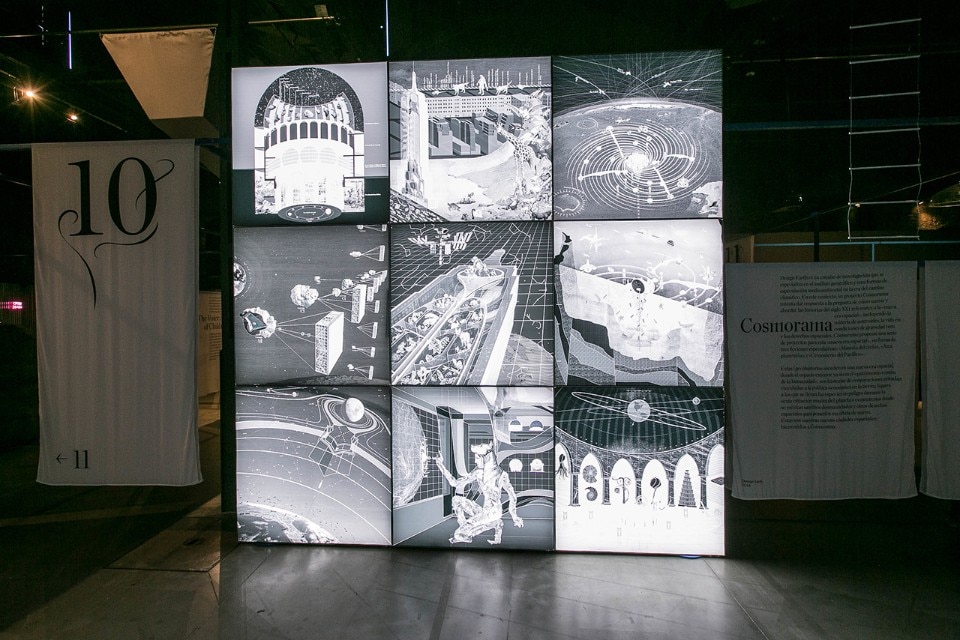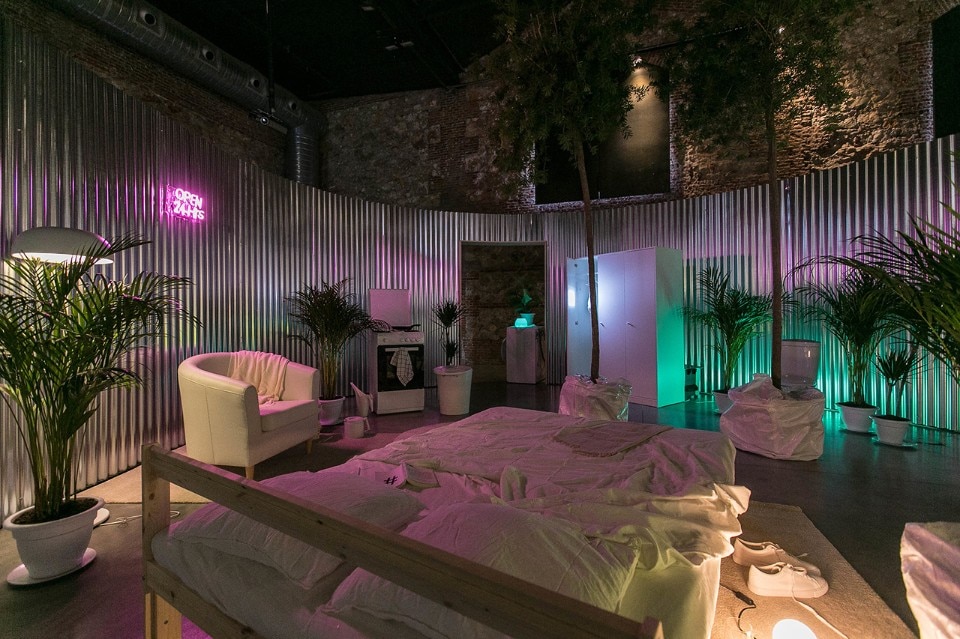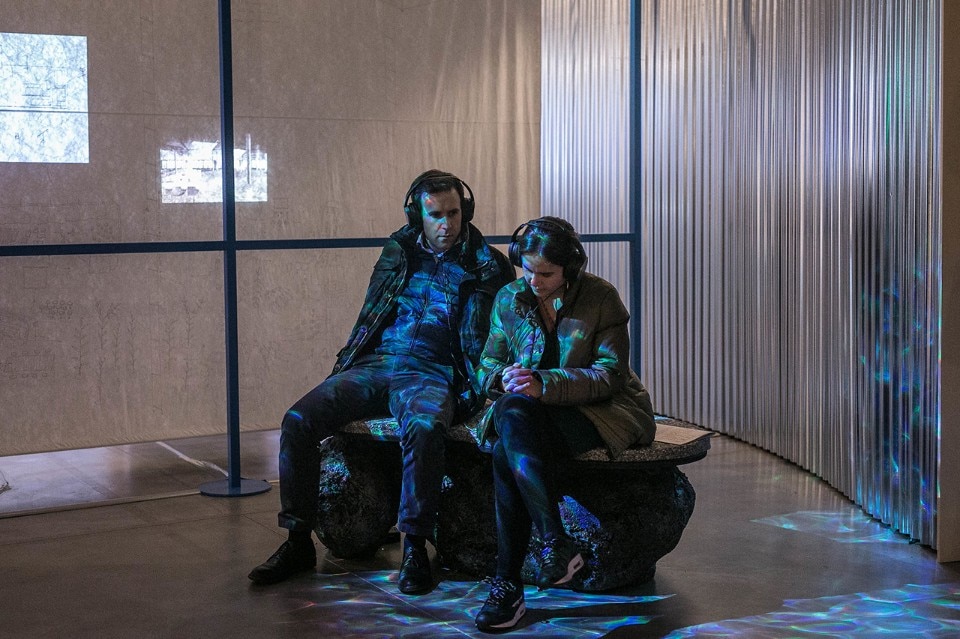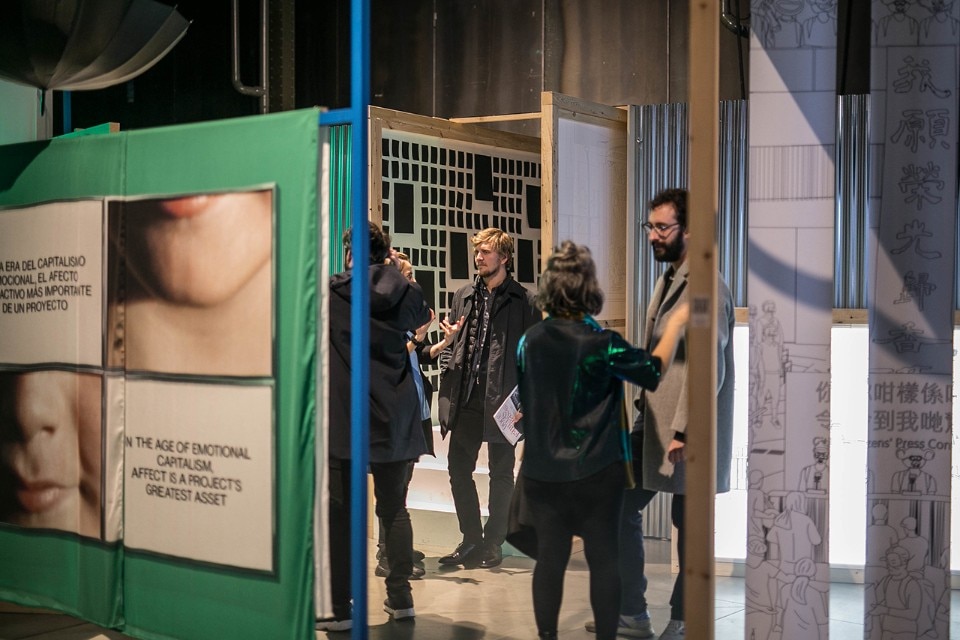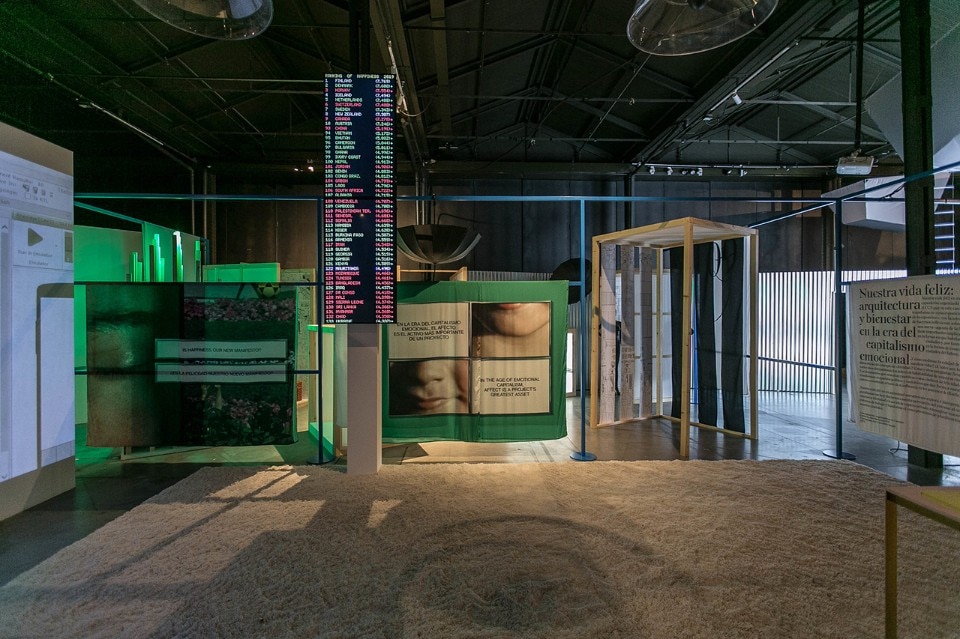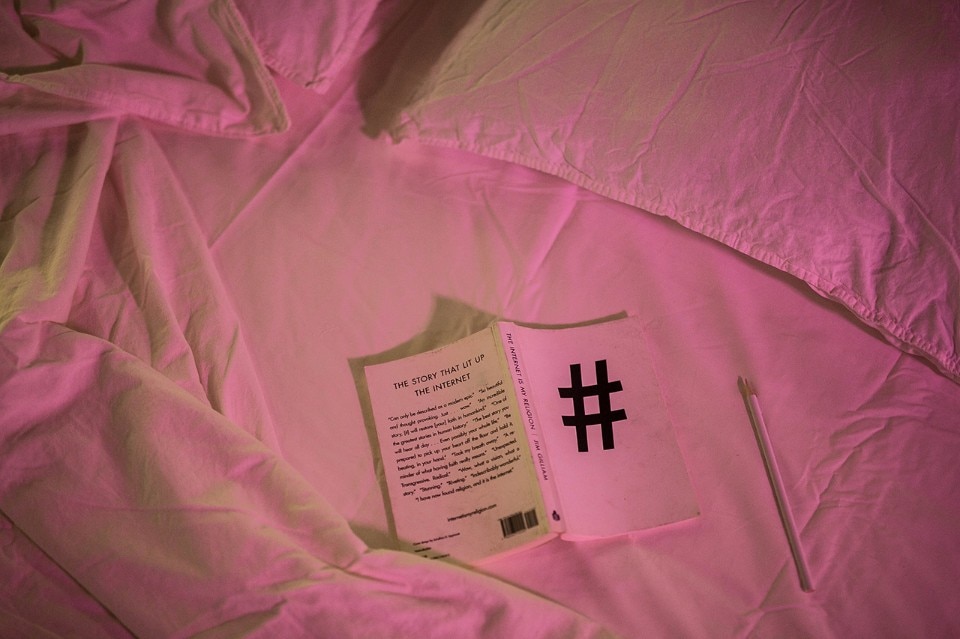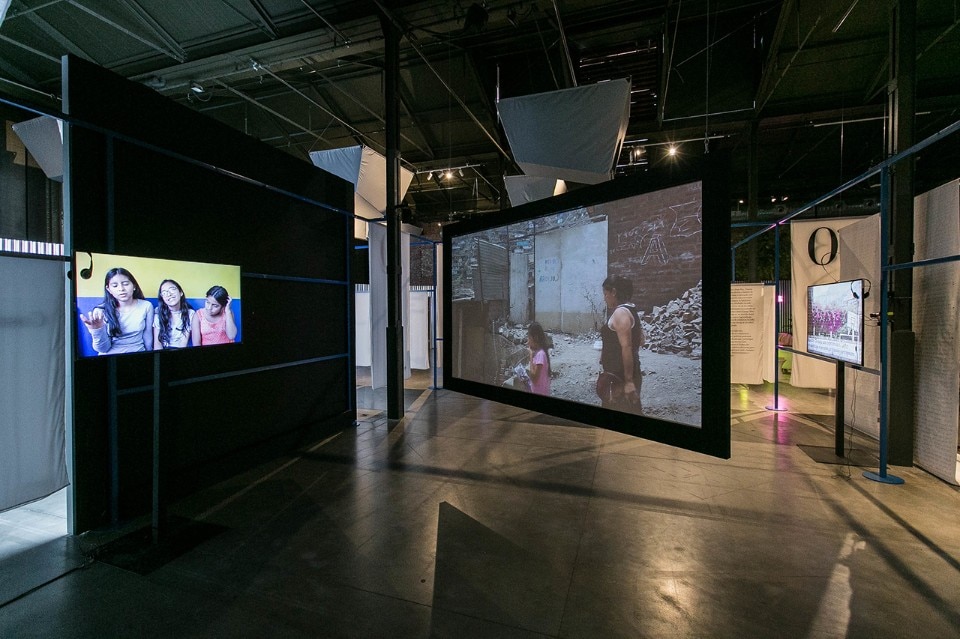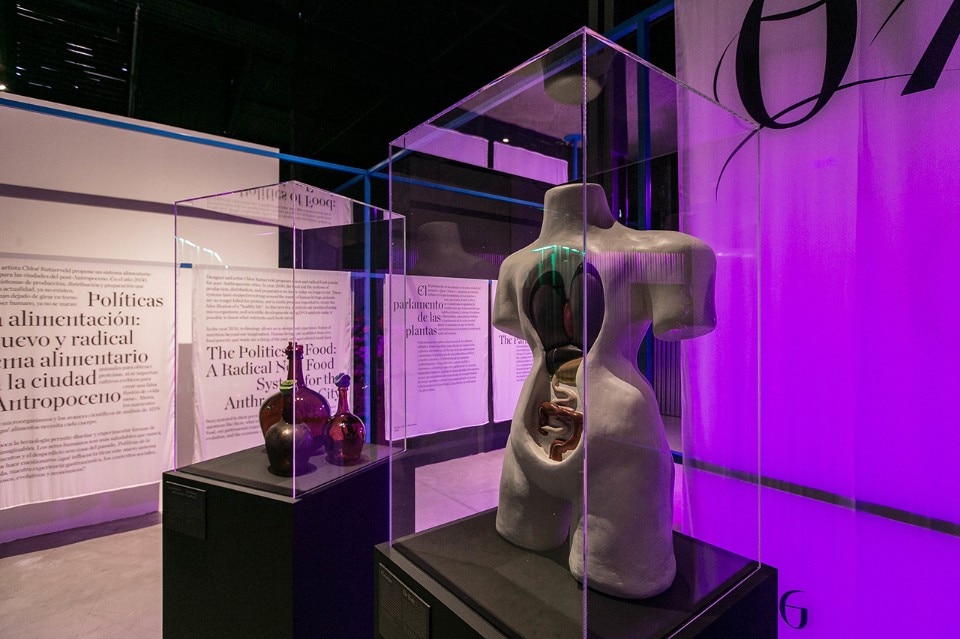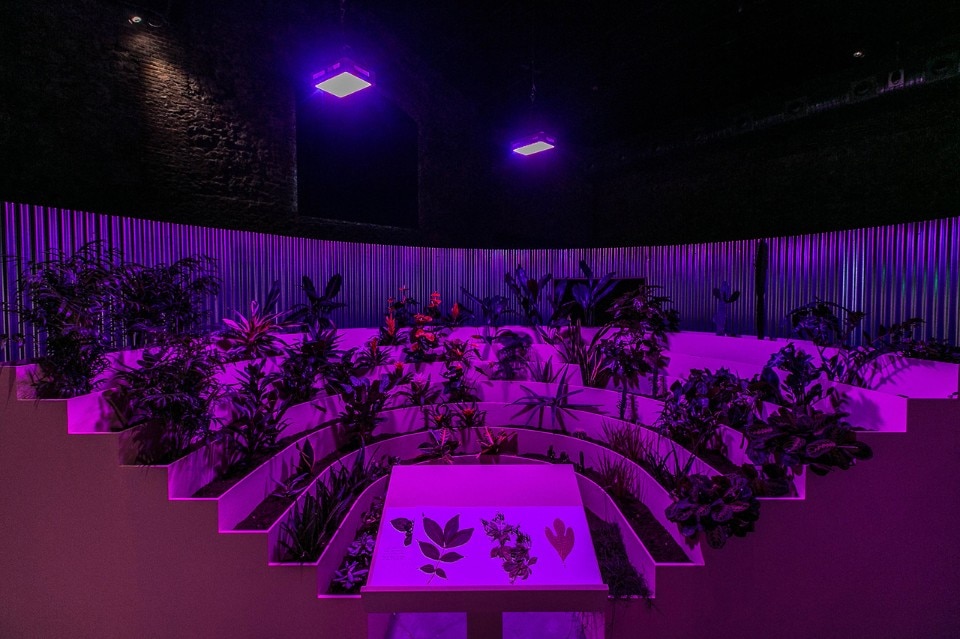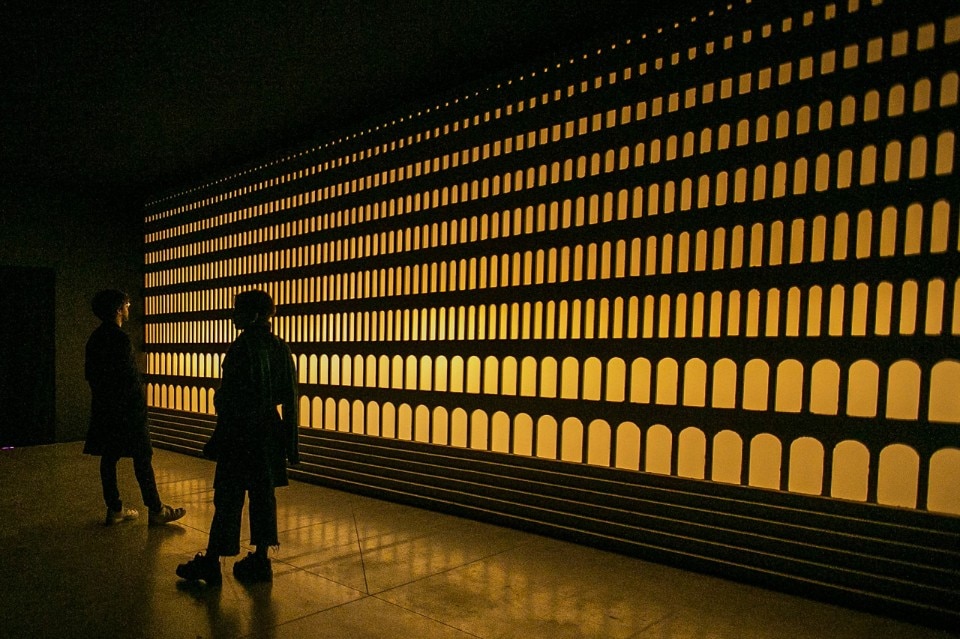The Spaceship City, the Inhabited-Machine City, the City of Order, the City of the Book are some of the twelve urban fables (Twelve Cautionary Tales for Christmas) that Superstudio imagined in 1971 on the pages of the magazine AD #12. The Florentine architects formulate short dystopian urban planning fantasies which they described as: “the supreme achievement of twenty thousand years of civilization, blood, sweat and tears; the final haven of man in possession of truth, free from contradiction, equivocation and indecision; totally and fur ever replete with his own perfection.”
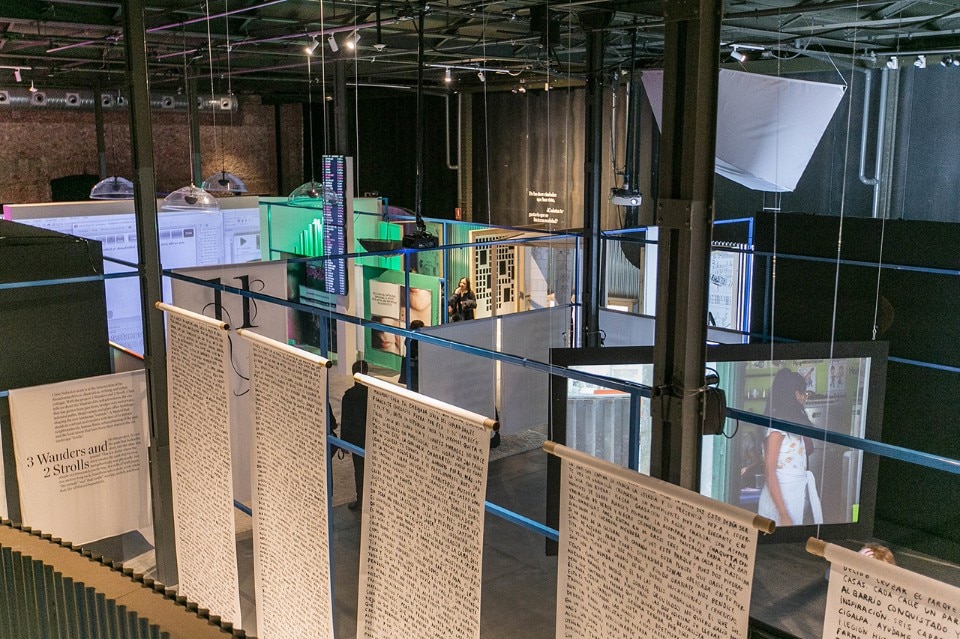
Almost fifty years after the conception of these visions, an exhibition at the Matadero Madrid cultural centre reinterprets the spirit of that publication and proposes a vision “not about what the city is, but about what it can be”. Curated by critic and curator Ethel Baraona Pohl, “Twelve Cautionary Urban Tales” will be open until July 19, 2019 (although currently the Matadero, like most European museums, is closed due to the Coronavirus).
“Inspired by the narrative power of Superstudio I invited 12 independent authors to tell the city from different points of view,” says the curator, also co-founder of the dpr-barcelona publishing house. “Instead of proposing images and texts, the contributors worked on large installations, which develop concepts – independent from those of radical architects – in the most multidisciplinary and multisensory way possible.”
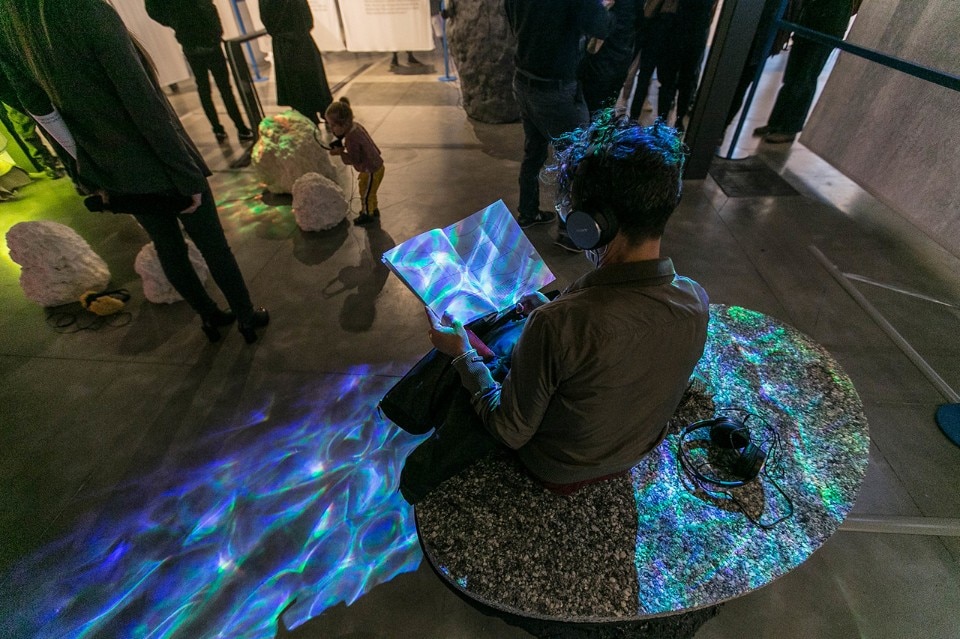
The exhibition is conceived as a storybook, and also the setting up by Madrid-based studio Taller de Casqueria follows this concept. “The space is delimited by a curved envelope of corrugated sheet metal, which represents the hard cover of the printed volumes. A recommended route links the 12 installations, but they can also be seen in random order, as is the case with the collections of texts. In an introductory note to Hopscotch, writer Julio Cortázar invites his readers to proceed as they prefer. This is what we do with the exhibition,” says Ethel Baraona Pohl.
“On the outside of the shell-cover we have placed a ladder, which allows you to look at the exhibition from an unprecedented perspective. It is thought of as the index of the book, a place from which you can have a complete view and choose which story to immerse yourself in.”
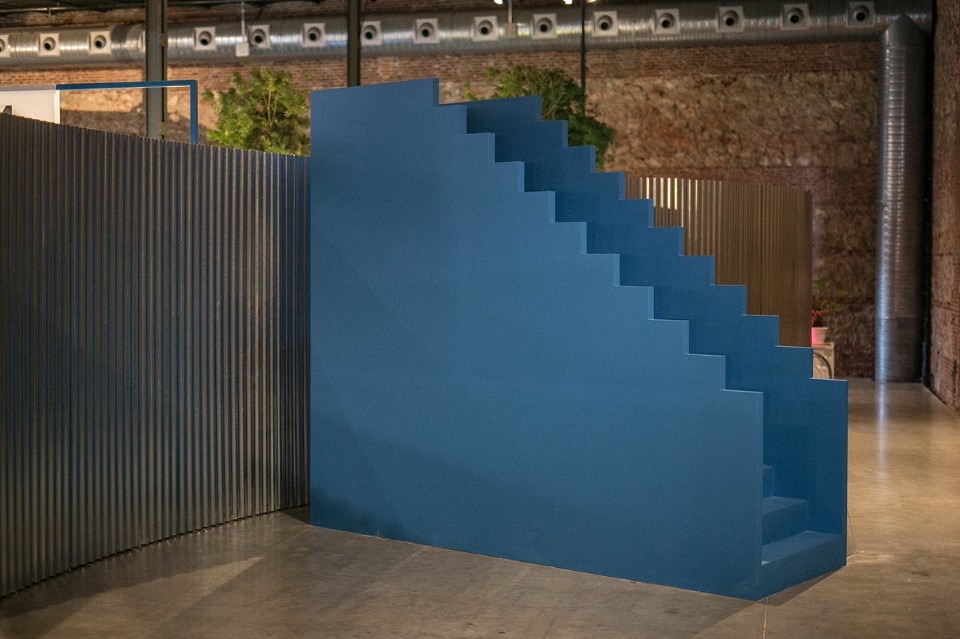
“The exhibition proposes 12 ways of seeing urban environments. But cities are the result of the mutual contamination of different lifestyles and attitudes. The installations are therefore not rigidly divided, but defined by an open grid that allows them to intersect with sounds, lights, volumes or points of view”.
Among the guests are architects and artists, established and emerging authors. The Barcelona-based studio MAIO proposes a diffused habitation, considering the house as part of a wider system in which the boundaries between public and private, between urban and domestic are blurred. The editorial platform Bartlebooth recounts architecture through rappers' music videos; the Kellycorbusier research, launched on Instagram (@kellycorbusier), finds a new form with a video installation that tells the behind-the-scenes story of music clips. The Greek architect Aristide Antonas materialises his research on Urban Protocols, with an installation entitled Inverted Tents, in which suspended and inverted shelters reveal the possibility of inhabiting abandoned and discarded places and introducing new regulations and new life models in the city.
The exhibition ends with the installation Our Happy Life, proposed by CCA and curated by Francesco Garutti. This is “an exhibition within the exhibition”, which is part of a wider research developed also in the form of a publication. The work revolves around the notion of happiness and how it can be quantified, indexed and governed. This contribution, in addition to providing further quality to the exhibition, is a rare case of collaboration between two institutions.
“It is an exceptional fact to have created a synergy with another museum like the CCA. Usually these institutions compete with each other to propose quality exhibitions or to have the highest number of visitors. We hope that this dialogue can become an established practice in the future. With humility and willingness, the museum has rethought an entire exhibition and adapted it to our curatorial framework,” says Baraona.
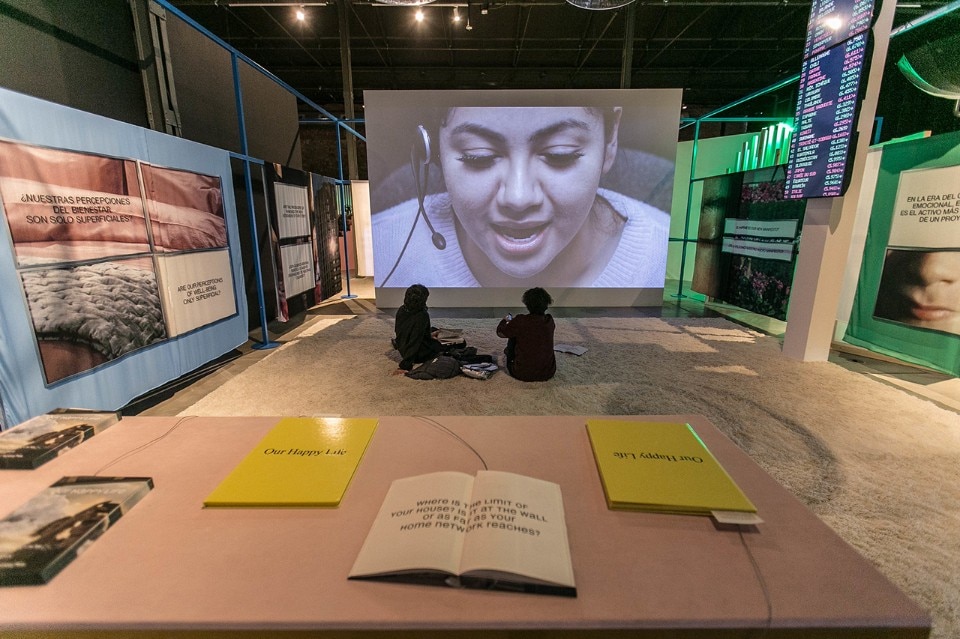
A few weeks after its opening, the western world (and not only) was immediately projected into a reality that could easily be the thirteenth story of the exhibition: cities as archipelagos of private spaces, where human contact and the normal use of public space is forbidden. Today “Twelve Cautionary Urban Tales” feels even more necessary than when we saw it quietly in Madrid, as it is a stimulus to imagine alternative cities and ways of life.
Nowadays, fairy tales and novels are the most powerful design tools, because, as educator Danilo Dolci used to say, “everyone grows only if dreamed”. The curator told us: “our work does not have a pessimistic or naive position on the future, but proposes real visions starting from contemporary issues. I want that when people come out of the exhibition spaces they think to act and that there is a lot of work to do.”
- Exhibition:
- Twelve Cautionary Urban Tales
- Opening dates:
- until 19 July 2020
- Curated by:
- Ethel Baraona Pohl in collaboration with César Reyes Najera
- Set design:
- Taller de Casqueria
- Graphic design:
- Naranjo-Etxeberria
- Particiapants:
- Aristide Antonas; Katayoun Arian; MAIO; Clara Nubiola; Traumnovelle; Studio Céline Baumann; Chloé Rutzerveld; Bartlebooth; Merve Bedir, Chong Suen e Sampson Wong; Design Earth; Assemble; CCA
- Venue:
- Matadero Madrid
- Address:
- plaza de Legazpi 8, Madrid


